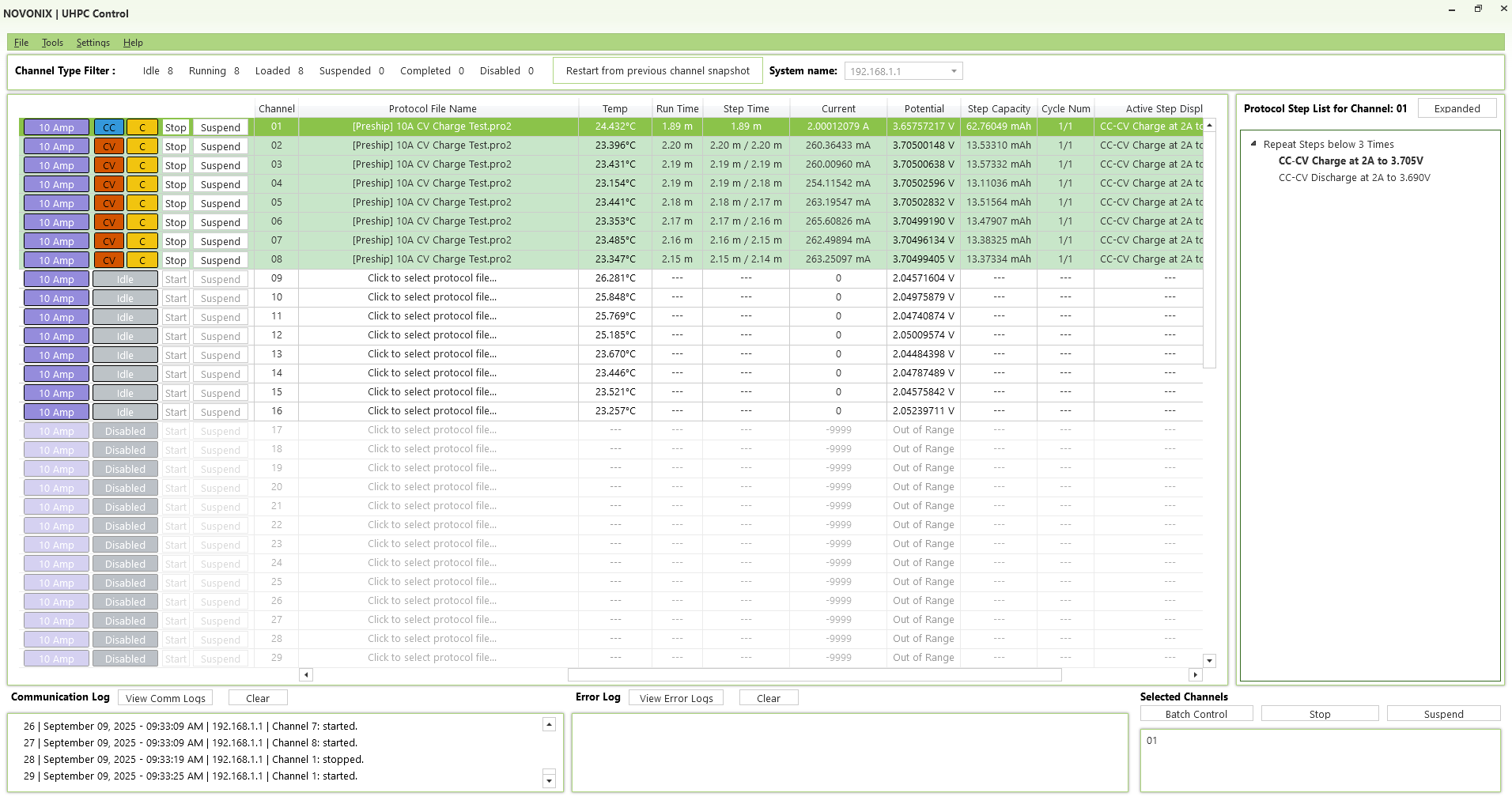State of Charge (SOC) is an indication of how much energy is left in a battery relative to its full capacity, akin to a fuel gauge for batteries. It’s usually expressed as a percentage, with 100% SOC meaning the battery is fully charged (has its maximum stored energy) and 0% SOC meaning it’s fully discharged (though often 0% indicated SOC still leaves a small safety reserve in practice). SOC is determined by various methods: in simple terms, by integrating current (coulomb counting) to track how much has gone in or out since last full charge, and by referencing open-circuit voltage, which correlates to SOC (though that requires the battery to be at rest). Temperature and battery health also affect the relationship between voltage and SOC. Accurate SOC estimation is critical for battery management systems in EVs, phones, etc., to predict remaining runtime or when charging should stop. A related concept is Depth of Discharge (DOD): if you have used 30% of the battery, that’s 30% DOD and 70% SOC remaining.
NOVONIX creates OCV vs SOC curves in their characterization work, which are used by battery management systems to map voltage to SOC (especially after rest). For cycle life tests, they might hold cells at certain SOCs to see how it affects aging. Bbatteries stored at high SOC often degrade faster compared to batteries at low SOC. If developing a new battery formulation, NOVONIX will ensure that SOC calibration is understood — for instance, a silicon-anode cell has a different OCV vs SOC profile than a graphite cell. They may also test cell storage at different temperatures with cells at different SOCs, to evaluate the best SOC for cell shipping and storage when not in the end use application.



